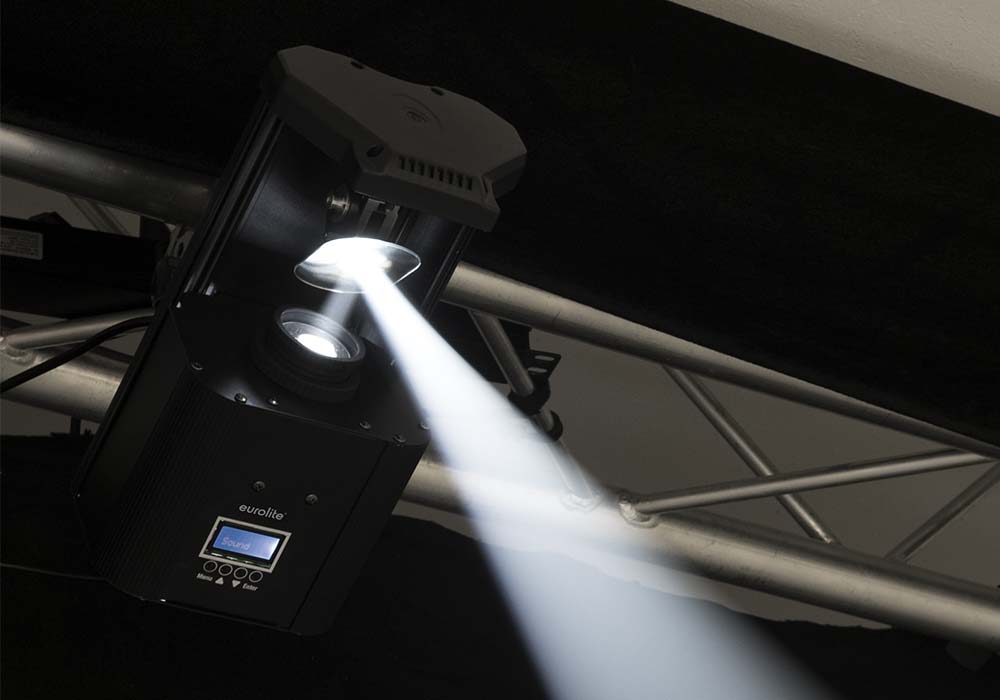
Scanners are a type of lighting fixture that utilizes mirrors to reflect and project light. Known for their speed and precision, scanners are a popular choice for creating dynamic and engaging lighting effects in entertainment settings.
How Scanners Work
- Scanners operate using rotating mirrors mounted on motors to direct light in specific directions.
- They create effects like dynamic movement, color changes, and pattern projections by using components such as color wheels, gobo wheels, or LED modules.
- The light source, often an LED or high-intensity discharge lamp, is reflected off the mirror to produce vibrant and versatile visuals.
Applications of Scanners
- Commonly found in nightclubs, discos, and theater performances, scanners excel at creating high-energy effects.
- They are also used for atmospheric background lighting, adding depth and ambiance to events or venues.
Key Features of Scanners
- Color Options:
- Scanners come equipped with color wheels or LED modules to produce a wide range of colors.
- Patterns and Effects:
- Many scanners include gobo wheels for projecting patterns and stroboscope functions for pulsing or flashing effects.
- Speed and Precision:
- Scanners are faster than moving head lights because only the mirror moves, not the entire fixture.
Types of Scanners
- Standard Scanners: Feature a flat mirror for straightforward light direction.
- Roller Scanners: Use a multi-faceted mirror that rotates on its axis, creating unique and eye-catching effects.
Scanners vs. Moving Heads
- Speed: Scanners are quicker, as only the mirror moves.
- Range of Movement: Moving heads have a wider movement range since the entire fixture can pan and tilt.
- Application: Scanners are ideal for fast-paced environments, while moving heads excel in situations requiring broader coverage or complex movements.
Controlling Scanners
- Automatic Mode: Scanners can run pre-programmed lighting sequences.
- Sound Activation: Scanners can synchronize with music, responding to beats for dynamic effects.
- DMX Control: For advanced and precise lighting designs, scanners can be operated through DMX controllers, allowing for full customization.


